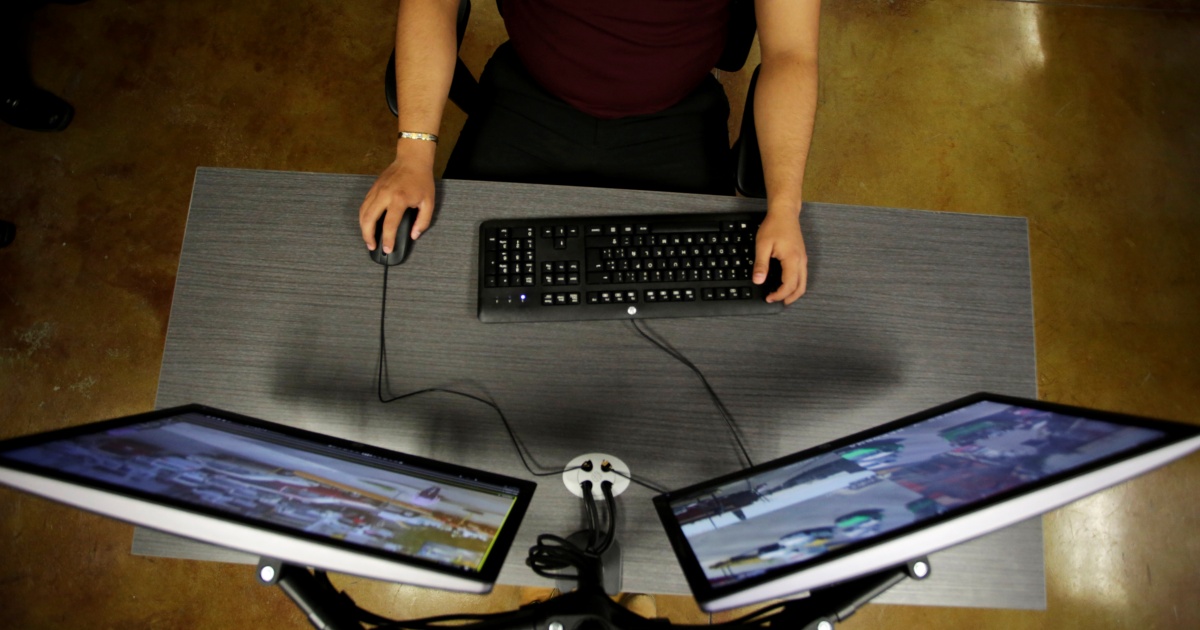The constant in the three pillars considered by the State Digital Development Index (IDDE) 2022 are the gaps in access to digital technologies, both at the state level, and by age and gender. For Salma Jalife, these gaps are due to public policies on the matter that have been implemented or not to increase digital development.
There is a gap of 57 points between the Mexico City y Chiapas talking about digital infrastructure and another of 66 points between the same states on the digitization of people and society. Also, there is a distance of 52 points between New Lion y Guerrero regarding innovation and technological adoption of companies.
“It has to do, historically, with the public policies that have been designed to be able to give growth to digital development in the states. We know that the deployment of infrastructure has occurred in the northern and central states and the Yucatan Peninsula, and has been slower in the southern and southeastern regions,” said Jalife during the presentation of IDDE 2022, from the Mexico Digital Center.
Khalife presides over Mexico Digital Center, a non-governmental organization dedicated to monitoring the digital development of the country. Between 2018 and 2020, he led part of the digital strategy of the administration of President Andrés Manuel López Obrador, from the Undersecretary of Communications and Technological Development of the SICT.
“We have to work to reduce this disparity in the country,” he said.
Infrastructure
For the former official, Mexican society must work on strategies that give greater value to infrastructure, since without the basic digital infrastructureit is not possible to address the other two pillars contemplated by the report, whose second edition analyzes 62 variables integrated into three pillars that make up the general index.
While the coverage of fixed networks y mobiles raised; In the case of penetration mobile bandwidth, it decreased in the last year. Households with computers, smartphone users and download speeds increased; Competition in the fixed broadband market also increased, but the affordability of (internet) services and devices declined.
Another variable contemplated by the index is the data infrastructurewhich considers edge data centers, hyperscale data centers, and exchange centers (IXP) and that in Mexico is concentrated in just a few entities: Querétaro, San Luis Potosí, State of Mexico, Yucatan and Aguascalientes.
digital skills
In other states, Jalife sees a further lag in training on digital issues. Both at the urban and rural levels, the number of Internet users increased, as did electronic commerce and the use of electronic banking and debit cards; however, the number of users with a personal computer, laptop or tablet and the use of the Internet for educational purposes decreased in this edition of the index.
In general, the analysis shows that there has been no progress in the development of digital skills among the Mexican population. Email and spreadsheet skills were reduced, while programming skills remained the same.
“There we have some recommendations on how to develop digital skills frameworks and especially not to do them alone. If we want to have digital skills among the workers of the future, there needs to be a dialogue between business and academia,” he said.
Within the government, although there was a greater incorporation of digital strategies among the state plans and the accessibility of the internet portals of the state governments improved, the Information Technology and Personal Data Protection commissions were reduced, while the number of cyber policemen remained the same.
innovation
The third pillar studied in the index measures the innovation and technological adoption of companies in Mexico. Increased use of internet among Mexican companies, as well as the most advanced digital tools, as well as the number of specialists in information technology and cybersecurity in the country.
However, the number of patents filed was reduced, the number of graduates from careers related to the activities STEM (Science, Technology, Engineering, Mathematics) and cybersecurity actions within Mexican companies.
The Mexico Digital Center compared the results of IDDE 2022 with those of the social backwardness index of the National Poverty Assessment Council (Coneval), which measures the educational gap, in access to health services, and the access and quality of spaces for housing. The comparison revealed that there is a clear relationship between both indices, since entities with a greater social lag have less digital development and vice versa. An indication that it is urgent to reduce the social gap in order to reduce the gaps in digital development.
rodrigo.riquelme@eleconomista.mx
kg
hartford car insurance shop car insurance best car insurance quotes best online car insurance get auto insurance quotes auto insurance quotes most affordable car insurance car insurance providers car insurance best deals best insurance quotes get car insurance online best comprehensive car insurance best cheap auto insurance auto policy switching car insurance car insurance quotes auto insurance best affordable car insurance online auto insurance quotes az auto insurance commercial auto insurance instant car insurance buy car insurance online best auto insurance companies best car insurance policy best auto insurance vehicle insurance quotes aaa insurance quote auto and home insurance quotes car insurance search best and cheapest car insurance best price car insurance best vehicle insurance aaa car insurance quote find cheap car insurance new car insurance quote auto insurance companies get car insurance quotes best cheap car insurance car insurance policy online new car insurance policy get car insurance car insurance company best cheap insurance car insurance online quote car insurance finder comprehensive insurance quote car insurance quotes near me get insurance








